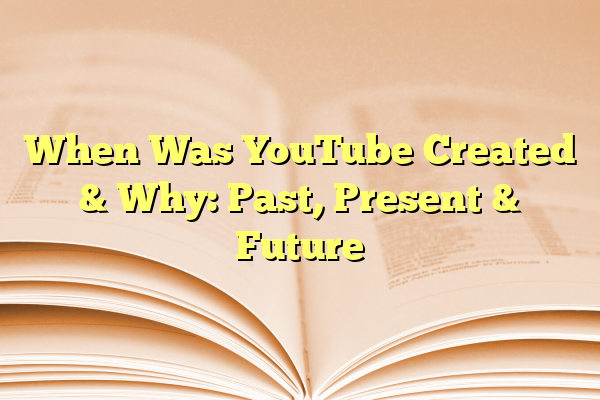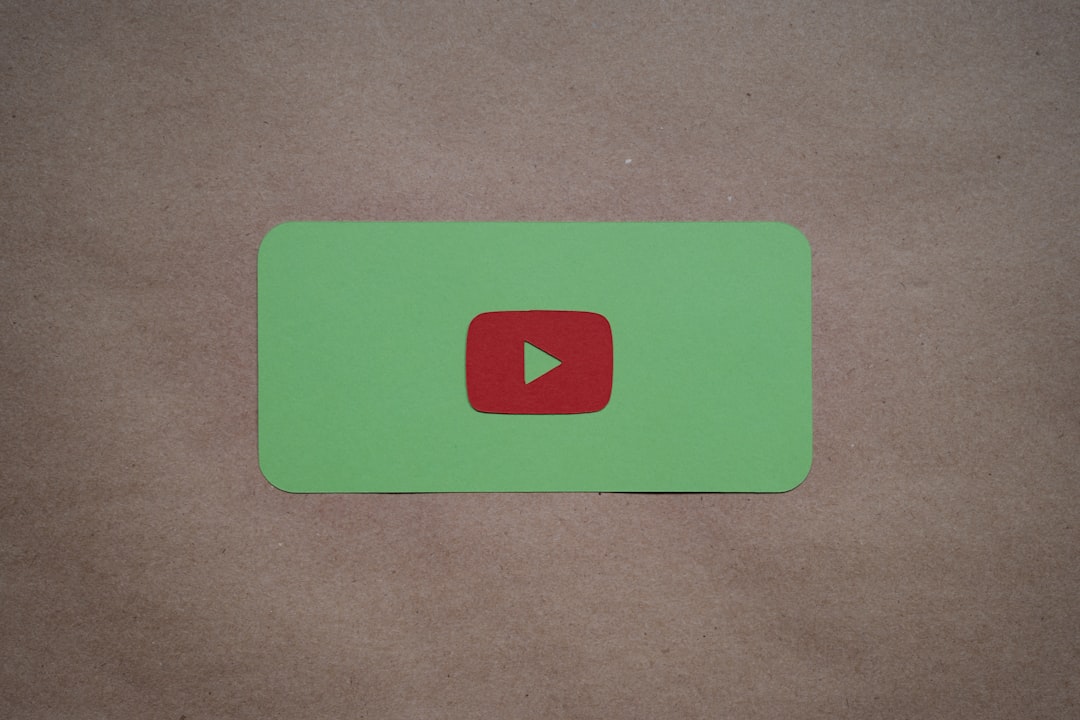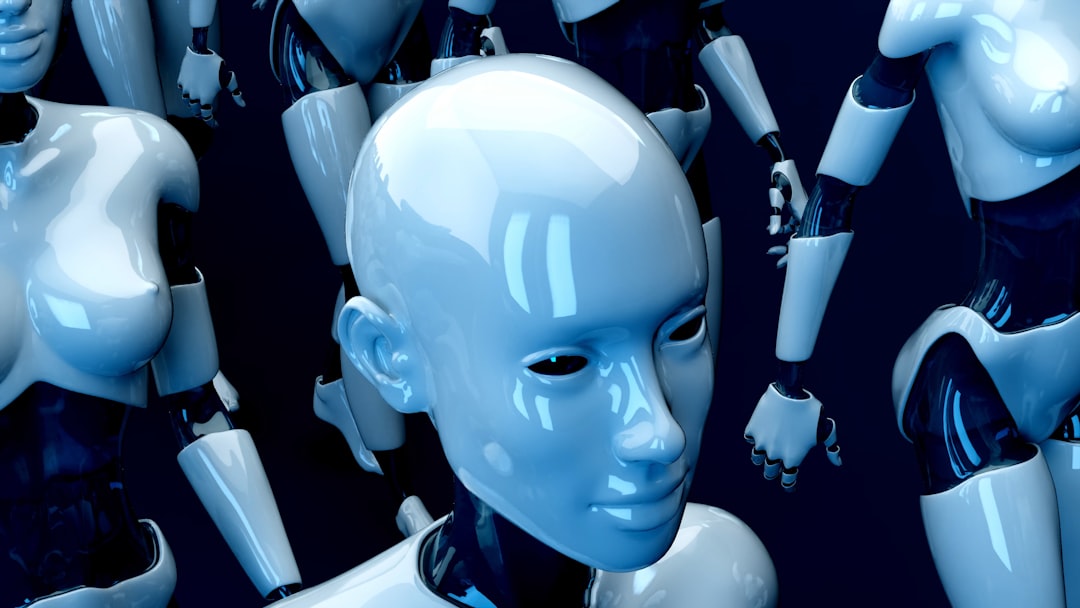
When Was YouTube Created & Why: Past, Present & Future
Long before YouTube became a household name and the world’s largest video-sharing platform, it began as a bold experiment by three former PayPal employees who believed in the power of video to change how people connect with one another. With over 2 billion monthly users today, YouTube’s journey from a simple idea to a cultural powerhouse is as fascinating as the content it hosts.
Contents
The Early Days: When Was YouTube Created?
YouTube was officially founded on February 14, 2005, in San Mateo, California, by three former PayPal employees: Steve Chen, Chad Hurley, and Jawed Karim. These innovators recognized a gap on the internet — they couldn’t easily share videos with one another after an event, such as a dinner party. This problem inspired them to create a centralized video platform that allowed anyone to upload and view videos without technical complexity.
The very first video uploaded to YouTube was titled “Me at the zoo” and was posted by Jawed Karim on April 23, 2005. Shot at the San Diego Zoo, the 18-second video may seem unimpressive today, but it marked the beginning of a global revolution in media sharing and consumption.

Why Was YouTube Created?
YouTube wasn’t just an entrepreneurial whim; it was born out of a genuine need to solve several problems that existed on the early internet:
- Ease of video sharing: Before YouTube, sharing a video online required complicated hosting arrangements and file conversions. YouTube offered a simple interface where users could upload videos and have them played seamlessly.
- Universal access: It allowed people around the world to access and share videos without the need for expensive software or high technical skills.
- Social connectivity: The platform enabled a new kind of social interaction, where people could leave comments, likes, and share content — early forms of what would become social media behavior.
YouTube democratized content creation, giving everyone — from professional filmmakers to everyday users — a public voice. Whether you were posting a home video or a music cover, YouTube offered a stage to reach millions.
Present Day: The Modern YouTube Era
Fast forward to today, and YouTube has evolved far beyond its humble beginnings. In November 2006, Google acquired YouTube for $1.65 billion in stock. This acquisition supercharged the platform’s growth by integrating it into Google’s ecosystem, particularly with powerful video search and monetization tools.
YouTube’s Features and Reach
Modern-day YouTube includes an expansive range of offerings:
- Content Diversity: From education and entertainment to vlogging, gaming, tutorials, and live streams, YouTube covers nearly every niche imaginable.
- Monetization: Through AdSense, brand deals, memberships, and Super Chat, creators can make substantial income — sometimes turning YouTube into a full-time career.
- YouTube Shorts: In response to the rise of TikTok, YouTube rolled out Shorts to capture the growing market of short-form video content.
- YouTube Premium: Offering ad-free viewing, exclusive content, and music streaming, Premium enhances the viewing experience for paying subscribers.
Today, more than 500 hours of video are uploaded every minute to YouTube, and users consume over a billion hours of video each day. The platform is also available in over 100 countries and in 80 different languages, making it a truly global phenomenon.

The Cultural Impact of YouTube
YouTube has not just changed how we watch videos — it’s changed culture itself. Here are a few key ways:
- Citizen journalism: Ordinary people now cover major events in real-time, sometimes even outpacing traditional news outlets.
- Global stardom: YouTube has created a new kind of celebrity — the “YouTuber.” Personalities like PewDiePie, MrBeast, and Lilly Singh have built empires using the platform.
- Learning revolution: Tutorials, educational channels, and explainer videos have made informal learning more accessible than ever before.
- Entertainment evolution: Traditional TV is losing ground to streaming, and YouTube has become the go-to platform for young viewers globally.
In short, YouTube has reshaped how we communicate, learn, entertain, and express ourselves in the digital age.
The Future of YouTube: What’s Next?
The future of YouTube looks bright and bold, with ongoing innovations aimed at both creators and viewers:
1. Enhanced AI and Personalization
As artificial intelligence becomes more advanced, YouTube’s recommendation algorithm will continue to improve, offering even more personalized content to users. AI may also assist creators in editing, content ideation, and translation, making the creation process smoother.
2. Multi-format Ecosystem
With the success of YouTube Shorts, the platform is poised to embrace multiple content formats — long-form, short-form, live streams, and even virtual reality (VR) — to provide a comprehensive viewing experience.
3. Creator Economy Expansion
YouTube will likely introduce more monetization tools and financial incentives to support creators, especially niche influencers. Expect expanded tipping systems, digital products, and interactive live experiences.
4. Content Responsibility and Regulation
In light of criticism about misinformation and harmful content, YouTube continues to refine its community guidelines and partner with verification services. You can expect more developed content moderation tools that balance freedom of expression with public safety.

Conclusion: A Platform That Redefined an Era
From a simple video-sharing idea among friends to a global tech and cultural juggernaut, YouTube’s story is a testament to the power of vision combined with innovative technology. Created in 2005 to make video sharing easier, the platform evolved to influence politics, redefine entertainment, and create new career paths.
As we look to the future, YouTube will undoubtedly continue to push boundaries — whether it’s through AI advancements, globalization, or new forms of creative content. Whether you’re a casual viewer, a dedicated creator, or a curious historian of digital culture, YouTube’s past, present, and future offer compelling insights into how technology shapes the world we live in.
What started with a simple message — “Me at the zoo” — has become a symphony of voices, ideas, and stories across the globe. And it’s only just getting started.
